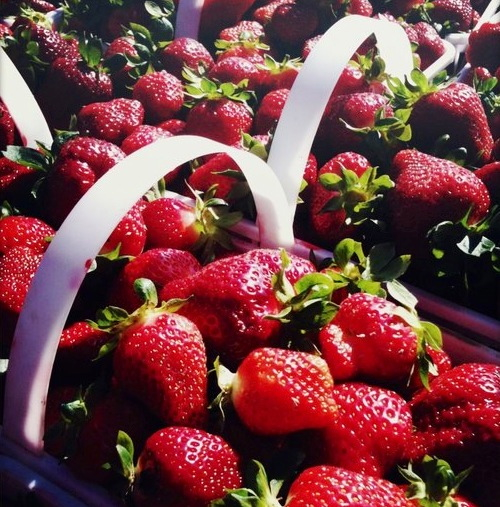
I was a bit surprised, therefore, when I received a flurry of pretty harsh comments about the article. I was called “nutty and sanctimonious,” among other things. Since I feel I’m pretty balanced on this issue, I did not take these comments to heart.
Some comments that did give me pause, however, related to the cost of eating healthy, because I think this is a real issue. I also think there are a lot of misconceptions about it.
One of the comments was “it must be nice to be rich.” In actuality, my husband and I are not wealthy people. In fact, we try very hard to live on a budget. Because I am no longer physically able to work full-time, I no longer receive the nice salary I received from my job of 22 years, nor do I receive the health benefits, bonuses or overtime that went along with that job. And my husband is in year one of his latest start-up. We’re doing just fine, but we certainly don’t have money to throw out the window. We try to make smart choices, and this includes the choices we make at the grocery store.
Before our daughter was born, we ate out or got take-out several nights per week. We both worked long hours, and the last thing either of us wanted to do was come home and cook, then clean up. Now that our daughter is past the age where she will sleep peacefully in a car seat on the table of our favorite restaurant (*sigh*), we eat the majority of our meals at home. And since she is now eating table food, we have had to be very mindful about our food choices.
While buying all of your groceries at a store like Whole Foods could potentially break the bank (I love you, WF, and visit your establishment at least once a week, but you are crazy expensive), there are other, less costly options.
Buying local. I have a dear friend, who happens to be a weekend farmer, who takes great pride in being able to go to her local Farmer’s Market with $20.00 in her pocket and leave with bags of fresh produce, enough for at least a week. Not only is there nothing like meeting and talking with the person responsible for growing the food you are about to feed your family, there is comfort in knowing that the food is safe. You can eat it without washing it if you don’t mind a little dirt. No harmful chemicals or pesticides have been sprayed on it. And it’s damn good.
Join a CSA. I don’t know anyone who participates in a CSA (Community Support Agriculture) who doesn’t love it. It’s like Christmas when the latest box of fresh food arrives. And I know people who go in together on memberships and divvy up the food between them. You get the freshest of food, right out of the ground or off the vine. You get exposed to new vegetables and flavors you might not ordinarily have tried. And you get to form a relationship with the people growing your food, plus the pleasure of knowing you’re helping them stay in business. It’s a win-win-win. And with most CSAs, you can “add on” goodies such as local cheese, local honey, locally made bread. And local meat. Going in with friends or neighbors on part of a whole cow or pig is way more cost-effective than buying meat in the grocery store, plus you know it isn’t full of hormones and preservatives and god knows what else.
Grow your own. Even mindful city dwellers find ways to grow fresh fruits and vegetables by starting urban rooftop gardens or even having pots on a small balcony. If you want to eat healthy, it’s more than possible. Start with one thing, like tomatoes or herbs, and see how it goes. Chances are, you’ll enjoy it.
Learn to shop smart. You don’t have to shop at the expensive boutique grocery to buy organic foods. Chains such as Trader Joe’s and, increasingly so, even (gulp) Wal-Mart offer organic foods at competitive prices.
Also, all foods don’t have to be purchased organic. There are many foods that are safe and free of pesticide residue that you can buy right off the shelf and not worry about feeding your family. These foods are widely known as the Clean 15 (although there are more than 15 out there) and include foods such as pineapple, watermelon, mango, papaya, onions, avocados, sweet corn… most anything protected by an outer shell, husk or rind that is not consumed.
Now, there are certain foods that should be purchased organic whenever possible — known as the Dirty Dozen — and include foods such as apples, strawberries, spinach, grapes, potatoes, blueberries… foods in which the skin is consumed. These foods are also notoriously known to be covered with an alarming number of pesticides. So when purchasing these items, it’s best to go somewhere (Trader Joe’s, Wal-Mart, your local Farmer’s Market) and buy organic.

The bottom line is that while it’s not always quick and easy to buy healthy foods, it doesn’t have to be more expensive. And it gets increasingly easier. Plus it tastes better. And while throwing a pre-packaged snack at your child may be easy, throwing them a baggy of grapes or carrots or nuts or dried fruit doesn’t take that much more work and it’s almost guaranteed to be less expensive, especially if you buy in bulk.
